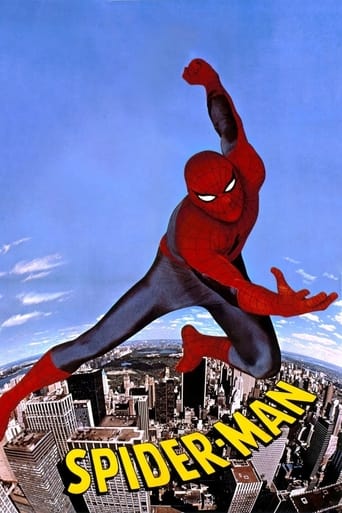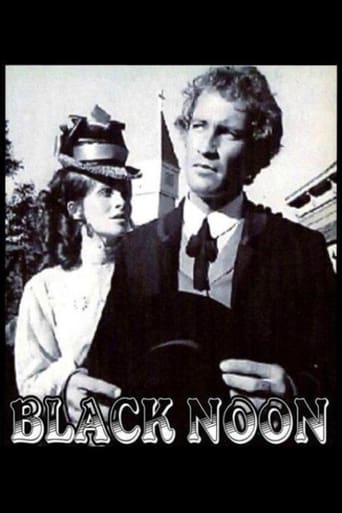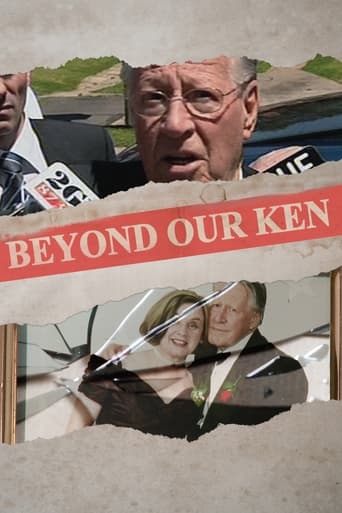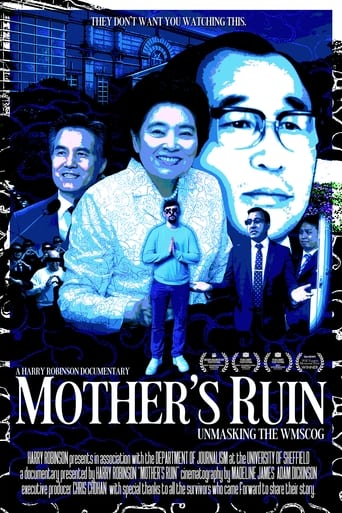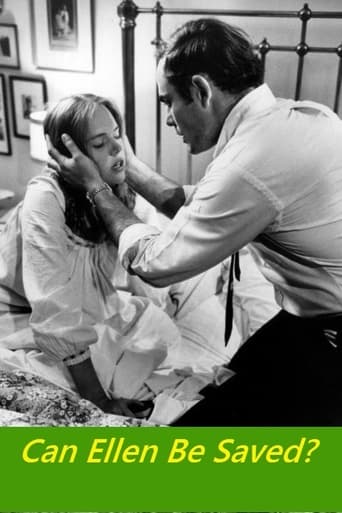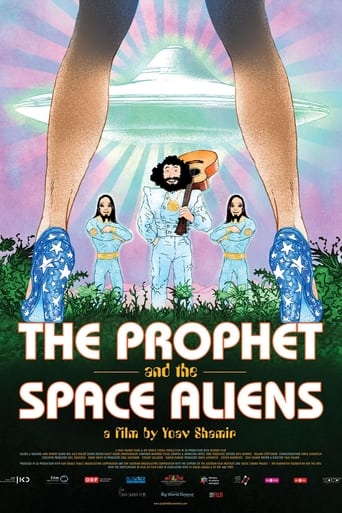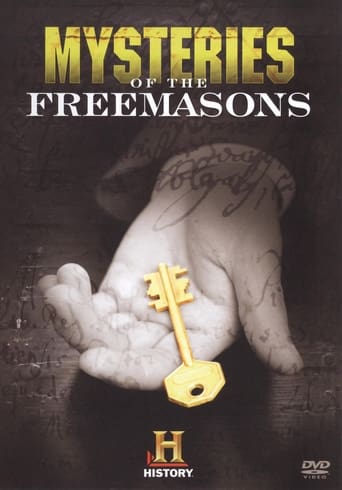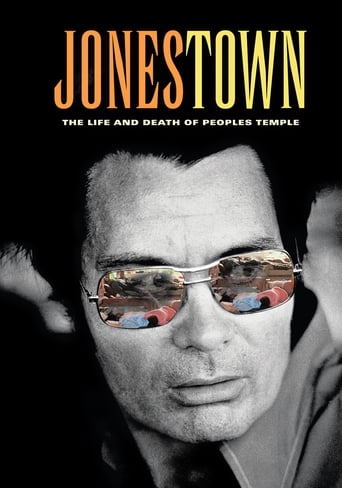
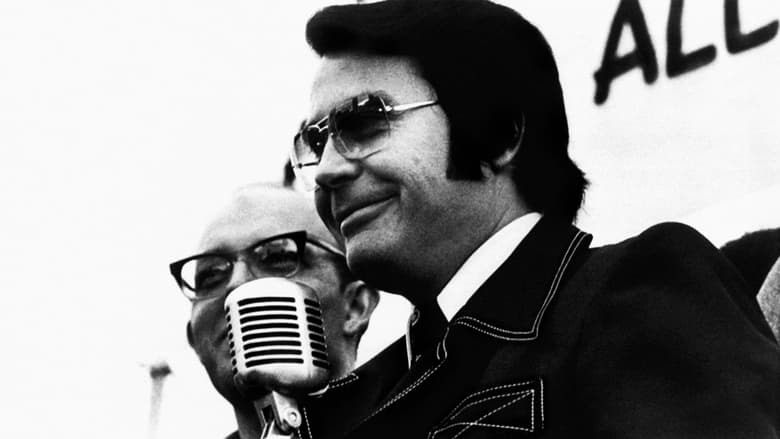
Jonestown: The Life and Death of Peoples Temple (2006)
Featuring never-before-seen footage, this documentary delivers a startling new look at the Peoples Temple, headed by preacher Jim Jones who, in 1978, led more than 900 members to Guyana, where he orchestrated a mass suicide via tainted punch.
Watch Trailer
Cast
Similar titles
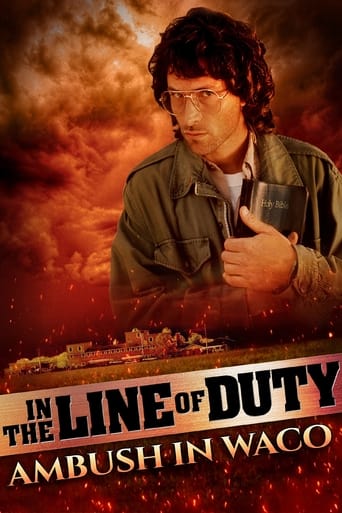

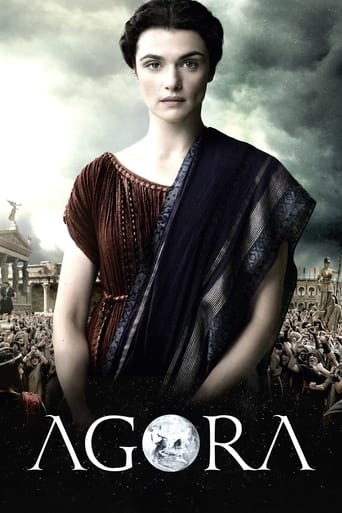
Reviews
Simply Perfect
Powerful
Just perfect...
I don't have all the words right now but this film is a work of art.
Wow. This documentary actually made a huge impression on me. I'm more of an animal guy myself, but I have to say, a couple of scenes in this documentary really got to me. I caught this on television without knowing what it was about beforehand, and not having heard of Jonestown at all. And like I said, some scenes towards the end are truly horrifying. One shot in particular took me by surprise, and really stabbed me in the feels(..as the kids say these days). Totally heartbreaking.The whole story is fascinating as hell, and Jim Jones is really charismatic, and you can kind of understand how/why people, for some reason or other, was mesmerized by him.This whole cult-thing is a fascinating and scary concept, and it's interesting to see how stuff like this can actually happen. With commentary from actual people who were actually there. I can also recommend "The Sacrament" which is a mystery/thriller/horror based on these events.
The best Peoples Temple documentary so far, but there remains considerable room for improvement. "The Life and Death of Peoples Temple" glosses over numerous bizarre events in the life of Jim Jones, such as his acquaintance with Dan Mitrione--an infamous undercover CIA operative who was assassinated in Uruguay in 1970--and Jones's extended stay in Brazil during the early 1960s. (Mitrione was there at the same time, working for the U.S. State Department, and the CIA has admitted that it opened a file on Jones when Mitrione was dispatched to Brazil in September 1960). These are established facts, not unverified rumors, so it seems simply lazy to exclude them from what purports to be an evenhanded account of Jones's quasi-religious Marxist cult. Also unexamined here is the medical evidence indicating that most of the 913 victims at Jonestown did not commit suicide, but were murdered. Survivor Stanley Clayton, who is interviewed in the film, saw adults being forcibly injected with cyanide before he escaped from the isolated jungle settlement (see Tim Reiterman's "Raven: The Untold Story of the Rev. Jim Jones and His People"), which appears to confirm the findings of Guyana's chief pathologist Dr. Leslie Mootoo, who was the first to examine the bodies. Those findings, however, are not discussed in the documentary. Were mind control experiments being conducted at Jonestown? (There were large amounts of drugs like sodium thiopental and chloral hydrate in the compound's medical facilities.) Was Jim Jones connected to the CIA, and did the agency seize the perfect opportunity to silence Congressman Leo Ryan, one of its most vocal critics? "The Life and Death of Peoples Temple" eschews these questions, predictably reducing the story--once again--to a real-life soap opera about a megalomaniac and his tragically misguided disciples. The interviews with those who knew Jones and worked alongside or followed him are fascinating, but significant and perhaps crucial chunks of the Peoples Temple saga are missing from this film.
This is a sad, chilling documentary about the rise and fall of psychopathic cult leader Jim Jones's People's Temple. Back home in Indiana, Jones had a morbid fascination with death and charismatic religion as early as age 5. He displayed an admirable acceptance of people of color, but he also killed small animals to serve as subjects for death rituals he conducted, a disturbing trait not uncommonly associated with adult personality leanings toward callous violence.Untrained in the ministry, he nonetheless started his own church in Indiana - an offshoot of the Christian Church (Disciples of Christ) - while still in his early 20s, later, in 1965, moving it west to a rural commune-like setting in Ukiah, in Northern California, when he was 34, where he also renamed the church People's Temple Full Gospel Church.After 9 years, in 1974 he moved the church again, this time to San Francisco, where he ingratiated himself with local politicos like George Moscone and Willie Brown, and, in return for his support of Moscone for Mayor, Jones was appointed to the city's housing commission. By 1977 Jones had the itch to move again, and this time his church bought a large tract of land in the interior of Guyana, in northwestern South America. There a settlement, Jonestown, was rapidly established to permanently house over 1,000 church members. In November, 1978, after receiving complaints that all was not well in Jonestown, that people were being forcibly separated from loved ones back home and more or less held hostage, a California Congressman, Leo Ryan, made a trip to Jonestown to see for himself what was going on.Ryan never returned, for he was shot and killed on the aircraft runway at Jonestown by armed stooges of Jones's, on orders to do so because Jones feared that Ryan would bring trouble if allowed to return to the States. Later that same day, November 18, 1978, Jones used his extensive PA system to order all of his supplicants to take a cyanide drink, to escape the misery that would befall Jonestown once authorities came in large numbers, to go on over to the other side, i.e., presumably to Heaven, where they would find peace.911 church members died that day, many infants and children given poison by their parents, who then also took the poison drink to create possibly the largest mass suicide in history. Some who did not take poison were, like Rep. Ryan, shot to death. This was also the apparent cause of death for Jones himself. Another 80 members were away on some sort of field trip and were spared.This is the fifth and perhaps most unusual of director Stanley Nelson's documentaries, which always concern race and the African-American condition (his prior feature films have taken up black press journalists; Marcus Garvey; Oaks Bluff, a black summer community on Martha's Vineyard; and the musical group Sweet Honey in the Rock).Nelson's interest in Jonestown is connected with the fact that a majority of Jones's supplicants were black. Jones pandered to the suffering of poor blacks and whites alike. He also had sex with many women in the church, and even offered to sodomize anyone - female or male - who asked for or wanted this kind of connection to him, and apparently many did.Nelson's approach here is intensely personal. He intercuts archival footage - of Jones's life, his activities and various stages in the development of his church - with contemporary interviews of persons who lost loved ones in Guyana. There are no talking heads: no sociologists, no academics who study religious cults, not a single mental health professional to educate us here. Nelson doesn't want us to understand the root causes of this tragedy; he wants us to feel the pain, the grief that this horrible and senseless loss of life wrought, just to feed the craving for power that was obviously Jones's main source of sustenance. It is an agonizing story to witness. My grades: 7/10, B (Seen on 11/25/06)
This story is so much more complex than news reports of the Guyana tragedy would have us believe. The members of The People's Temple had such altruistic intentions: they had a vision of a Utopian society where racial harmony and true brotherhood was the order of the day. They wanted to guarantee care for the poor, the elderly, children....and they wanted to create real community. This doco manages to tell the whole story, while honoring the pure intentions of the Temple members, and even shedding light on the paradoxical cult leader, Jim Jones - a man who was impressively liberal and progressive, politically, but frighteningly meglomaniacal and abusive, when it came to leading his "flock." The strength of this film lies in the fact that it isn't just a play-by-play from afar, but a collection of first-hand interviews with people who were actually there, and who knew the key players. A must-see for anyone who was alive and aware went these events took place.



